Preface
Contents
Acronyms
1 Introduction
1.1 5G Cellular Network
1.1.1 Multi-cell Cooperative Communications
Channel State Information (CSI)-Sharing Cooperation
MIMO Cooperation
Relay-Aided Cooperation
1.1.2 Device-to-Device Communications
In-band D2D Communication
Out-of-Band D2D Communication
1.1.3 Cognitive Radio Communications
1.2 Interference Management: Challenges and Techniques
1.2.1 Challenges of Interference Management
Other-Cell Interference
Cross-tier Interference
Inter-system Interference
1.2.2 Interference Coordination Techniques
Beamforming Techniques
Power Control
User Scheduling
Advanced Receiver Techniques
1.3 Structure of the Brief
References
2 Interference Coordination in Multi-cell MIMO Networks
2.1 Introduction
2.2 Three-Cell MIMO Network
2.2.1 Interference Alignment
Basic Concept of Interference Alignment
Subspace Alignment Chain ch2new
2.2.2 System Model and Main Result
2.2.3 A Beamforming Scheme
2.2.4 Signal Processing at Users
2.3 Cloud Radio Access Network
2.3.1 System Structure
Remote Radio Head
BBU Pool
Fronthaul
2.3.2 Design Challenges
Information Compression
Precoding
Resource Allocation
2.4 Summary
References
3 Interference Coordination in Device-to-Device Communication
3.1 Introduction
3.2 System Model
3.3 Interference-Free D2D Communication Scheme
3.3.1 Design Process
3.3.2 Performance of Cellular Network
3.3.3 Performance of D2D LAN
3.3.4 Discussion
3.4 Interference-Limiting D2D Communication Scheme
3.4.1 Design Process
3.4.2 Performance of Cellular Network
3.4.3 Performance of D2D LAN
3.4.4 Discussion
3.5 Simulation Results
3.6 Summary
Appendix A: Proof of Theorem 3.4
Appendix B: Proof of Proposition 3.1
References
4 Interference Coordination in Cognitive Radio Systems
4.1 Introduction
4.2 Cognitive Interference Network
4.2.1 Interference Coordination
4.3 Cognitive Uplink Network
4.3.1 System Model
4.3.2 Interference Coordination Techniques
4.3.3 Stage 1: Selection of Candidate Users
4.3.4 Stage 2: Selection of Active Users
4.3.5 Simulation Results
4.4 Summary
References
5 Conclusions
References
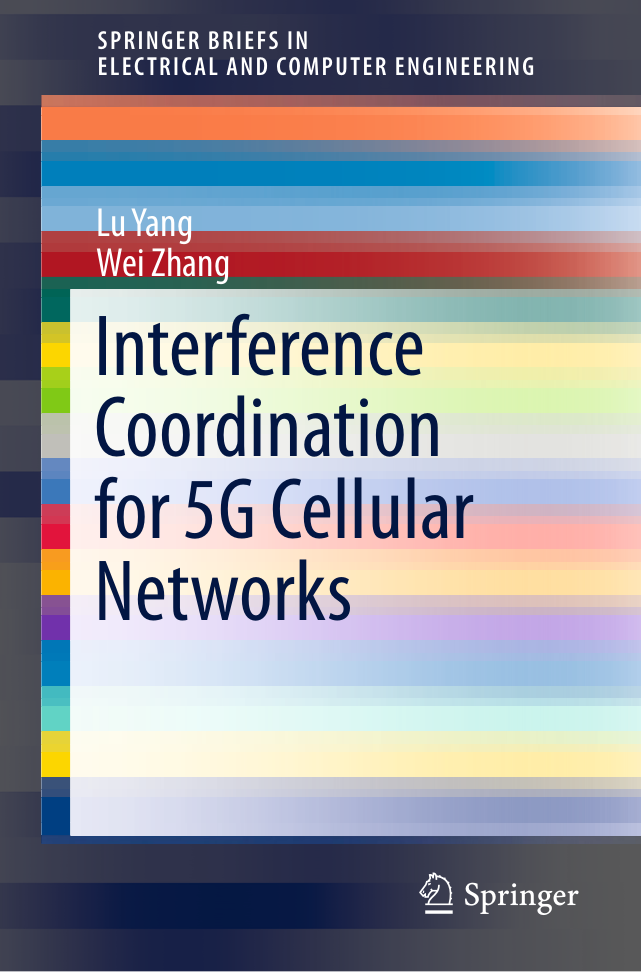
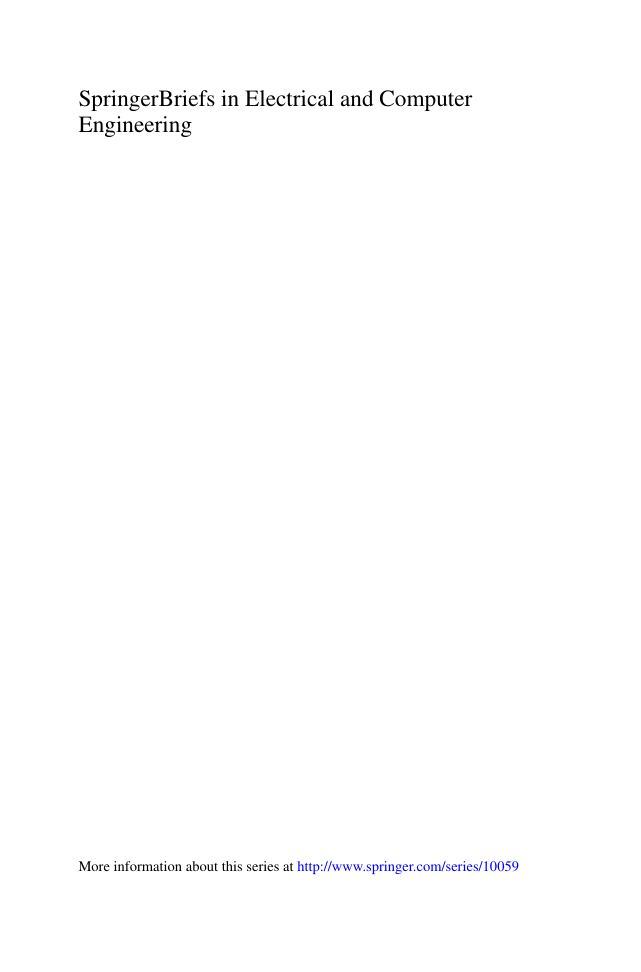

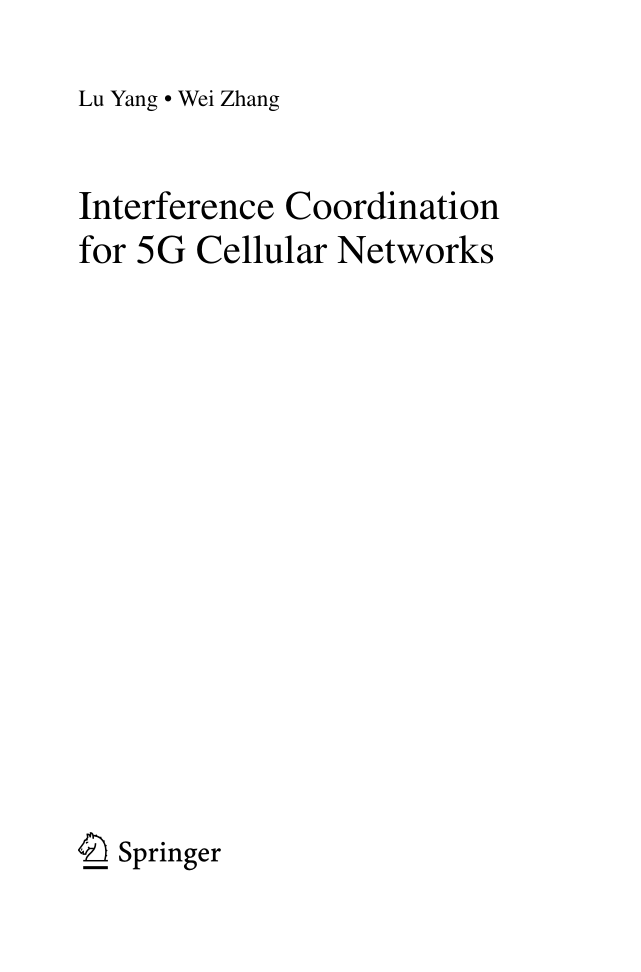
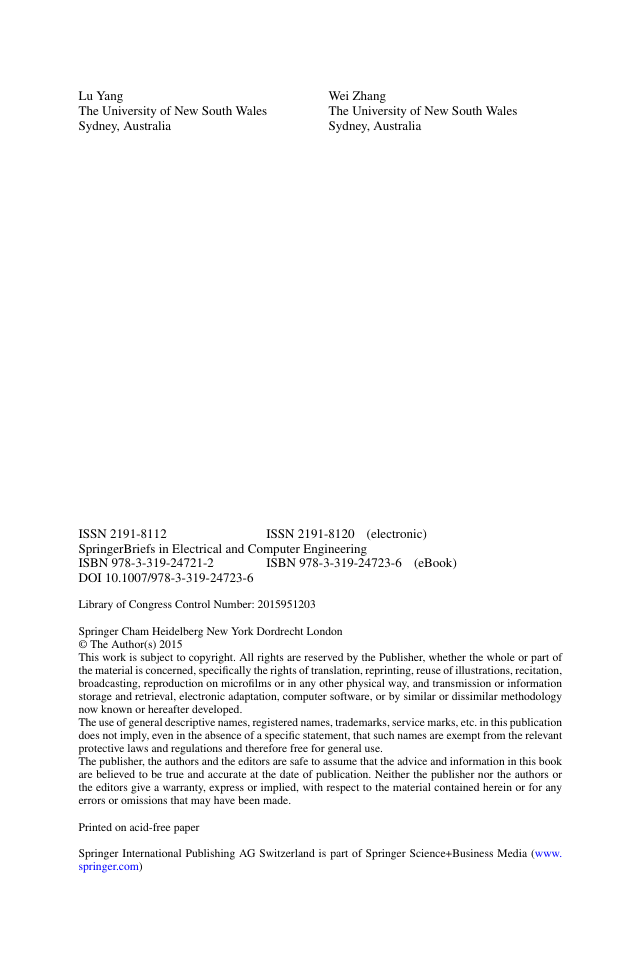
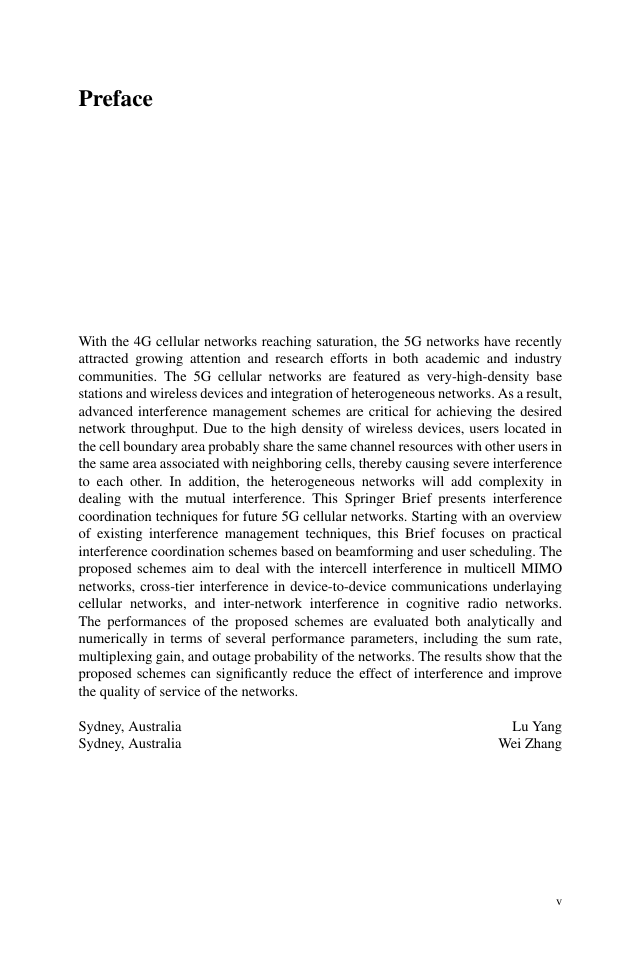

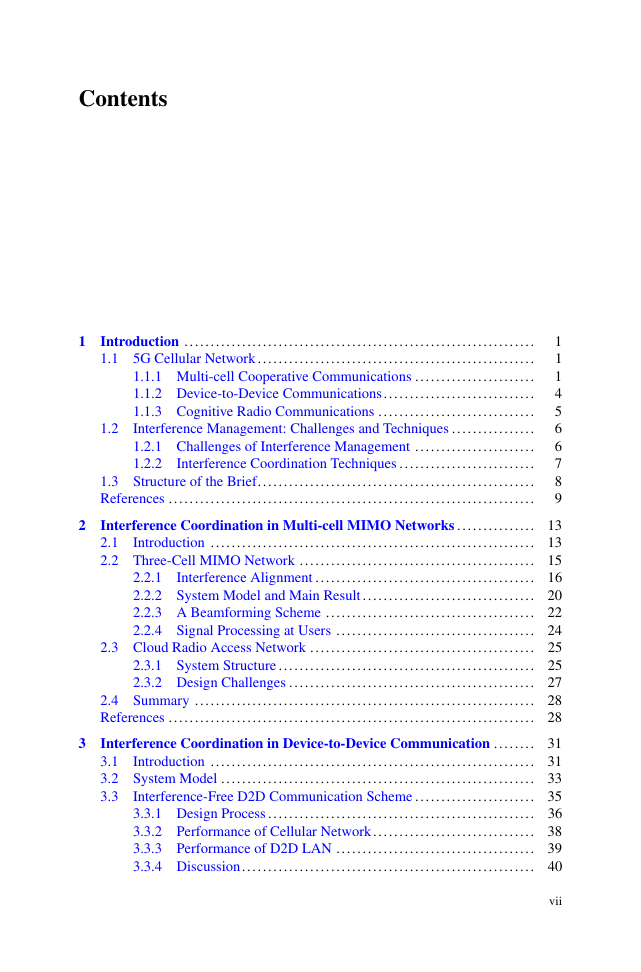








 2023年江西萍乡中考道德与法治真题及答案.doc
2023年江西萍乡中考道德与法治真题及答案.doc 2012年重庆南川中考生物真题及答案.doc
2012年重庆南川中考生物真题及答案.doc 2013年江西师范大学地理学综合及文艺理论基础考研真题.doc
2013年江西师范大学地理学综合及文艺理论基础考研真题.doc 2020年四川甘孜小升初语文真题及答案I卷.doc
2020年四川甘孜小升初语文真题及答案I卷.doc 2020年注册岩土工程师专业基础考试真题及答案.doc
2020年注册岩土工程师专业基础考试真题及答案.doc 2023-2024学年福建省厦门市九年级上学期数学月考试题及答案.doc
2023-2024学年福建省厦门市九年级上学期数学月考试题及答案.doc 2021-2022学年辽宁省沈阳市大东区九年级上学期语文期末试题及答案.doc
2021-2022学年辽宁省沈阳市大东区九年级上学期语文期末试题及答案.doc 2022-2023学年北京东城区初三第一学期物理期末试卷及答案.doc
2022-2023学年北京东城区初三第一学期物理期末试卷及答案.doc 2018上半年江西教师资格初中地理学科知识与教学能力真题及答案.doc
2018上半年江西教师资格初中地理学科知识与教学能力真题及答案.doc 2012年河北国家公务员申论考试真题及答案-省级.doc
2012年河北国家公务员申论考试真题及答案-省级.doc 2020-2021学年江苏省扬州市江都区邵樊片九年级上学期数学第一次质量检测试题及答案.doc
2020-2021学年江苏省扬州市江都区邵樊片九年级上学期数学第一次质量检测试题及答案.doc 2022下半年黑龙江教师资格证中学综合素质真题及答案.doc
2022下半年黑龙江教师资格证中学综合素质真题及答案.doc